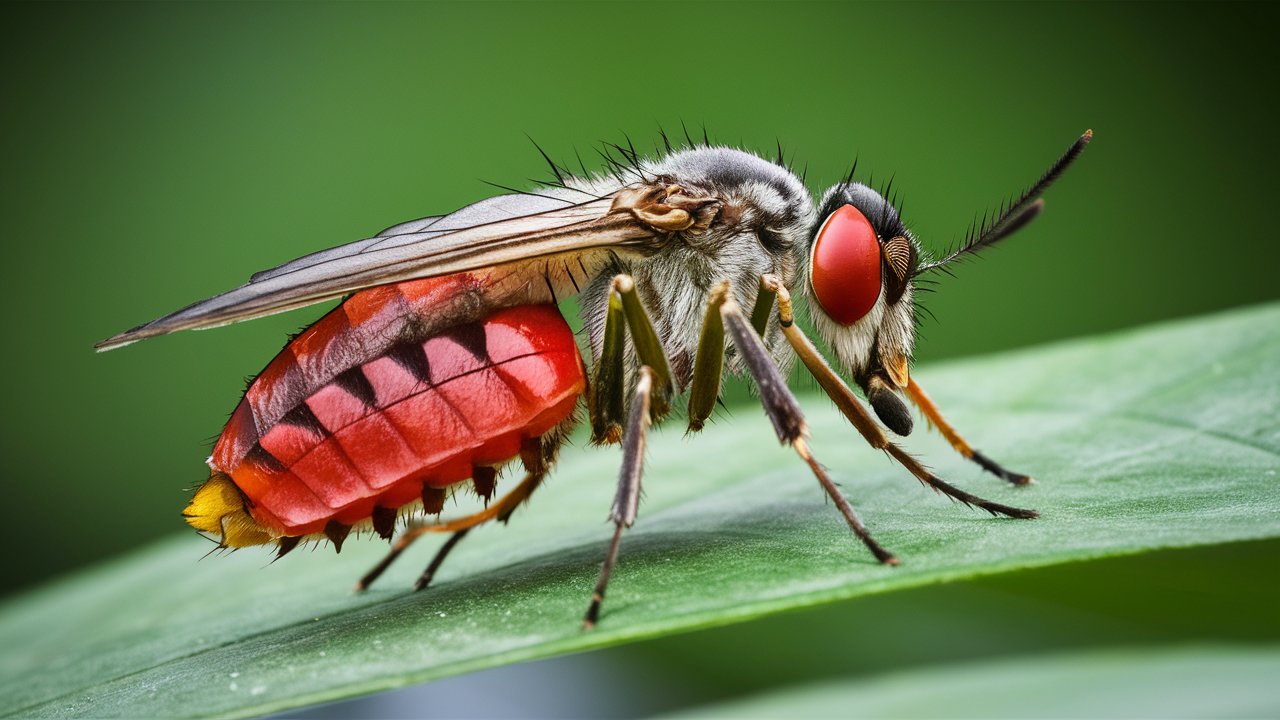3. What are vaccines? Classify these and discuss DNA vaccines in detail. (b) What are causative organism and vector for dengue, enlist possible ways of prevention from dengue.

What are vaccines? Classify these and discuss DNA vaccines in detail. (b) What are causative organism and vector for dengue, enlist possible ways of prevention from dengue.
a) Vaccines are biological preparations that provide immunity against specific infectious diseases. They contain weakened or inactivated forms of the disease-causing pathogen, or fragments of its proteins, which stimulate the immune system to produce antibodies that can recognize and neutralize the pathogen. Vaccines are classified into several types, including:
- Live attenuated vaccines: These contain a weakened form of the pathogen that can replicate in the body, but not cause disease. Examples include the measles, mumps, and rubella (MMR) vaccine and the oral polio vaccine (OPV).
- Inactivated or killed vaccines: These contain a dead form of the pathogen that cannot replicate in the body. Examples include the hepatitis A vaccine and the flu vaccine.
- Subunit, recombinant, or conjugate vaccines: These contain only specific proteins or fragments of the pathogen, which can stimulate an immune response. Examples include the human papillomavirus (HPV) vaccine and the Haemophilus influenzae type B (Hib) vaccine.
- DNA vaccines: These contain a small piece of DNA that codes for a specific protein of the pathogen. When the DNA is injected into the body, it is taken up by cells, which produce the protein and stimulate an immune response.
DNA vaccines are a type of vaccine that uses genetic material from the pathogen to stimulate an immune response. The DNA is usually inserted into a plasmid, which is injected into the body. The plasmid is taken up by cells, which then produce the pathogen protein, stimulating an immune response. DNA vaccines have several advantages over other types of vaccines, including their stability, ease of manufacture, and potential for use against multiple strains of the pathogen. However, their efficacy in humans is still being studied.
b) The causative organism for dengue is the dengue virus, which is transmitted to humans by the Aedes mosquito vector. Dengue is a viral disease that can cause fever, headache, joint pain, and rash, and can lead to severe complications, such as hemorrhagic fever and shock syndrome.
Possible ways to prevent dengue include:
- Eliminating mosquito breeding sites, such as stagnant water in containers, tires, and other items that can collect water.
- Using mosquito repellents and wearing protective clothing, especially during peak mosquito activity times.
- Installing mosquito nets or screens on windows and doors to prevent mosquitoes from entering homes.
- Vaccination: A vaccine for dengue has been developed and is available in some countries. The vaccine is recommended for individuals who have previously been infected with dengue, as it may increase the risk of severe dengue in individuals who have not been previously exposed to the virus. visit: https://techinsightguru.com/